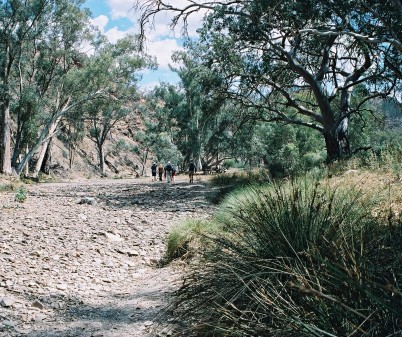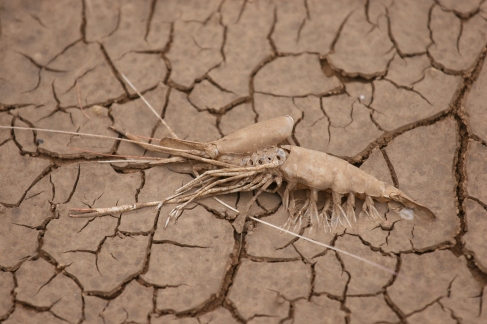What makes a river a river or a wetland a wetland? The intuitive answer is water. But as with many things in life and ecology, the more you look into it the more complex it becomes.
A recent study* neatly captures the importance of temporary streams and rivers. I was surprised to learn that rather than being odd outliers, rivers that cease to flow are more representative of the world’s river systems than those that flow constantly (perennial rivers).
We have all probably seen at least one type of temporary river. From the small creeks at the top of temperate catchments that dry out seasonally, to iconic desert systems that dry for most of their length from days to years at a time.
So what characterises temporary rivers? They are certainly harsh environments with extremes of temperature and sudden gushing river flows. This might create the false expectation that not much would live there. However, the extreme conditions characteristic of temporary rivers have selected for a suite of tough plants and animals that are resistant and resilient.
These tough individuals reflect the changeable nature of temporary rivers – a unique combination of aquatic, amphibious and terrestrial plant and animal groups. Indeed some crustaceans live exclusively in temporary waters with their life cycle in tune with the boom and bust cycles.
One of the fascinating features of these systems is the succession of life that occurs between the wet and dry phases. Plants and animals survive the dry times as eggs, cysts, seeds, tubers and the like. When water comes, eggs hatch while fish and aquatic invertebrates move in from permanent waters and make use of the rich accumulations of organic material. Then as the river dries, amphibious and terrestrial animals come in and clean-up stranded aquatic life. Terrestrial insects move in and plants colonise the river bed. In places like the Kalahari desert in Africa hooved animals move in to dry river beds to feed.
So there is more to temporary rivers than meets the eye. Despite this they are often left out of water planning and policy. If dry river beds are not recognised as integral components of river systems they can become a convenient dumping grounds for wastewater or even construction of car parks.
*The full article on which this piece is based is: When the river runs dry: human and ecological values of dry riverbeds. By Alisha L Steward, Daniel von Schiller, Klement Tockner, Jonathan C Marshall, and Stuart E Bunn. Frontiers in Ecology and the Environment 2012; 10(4): 202–209


